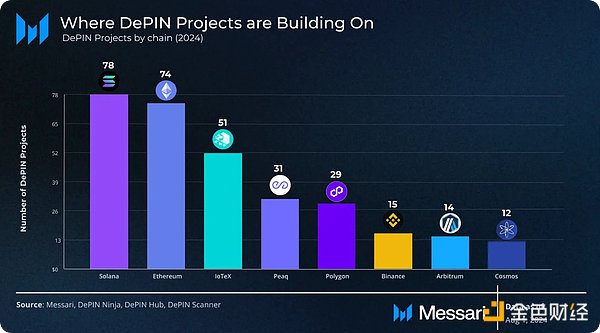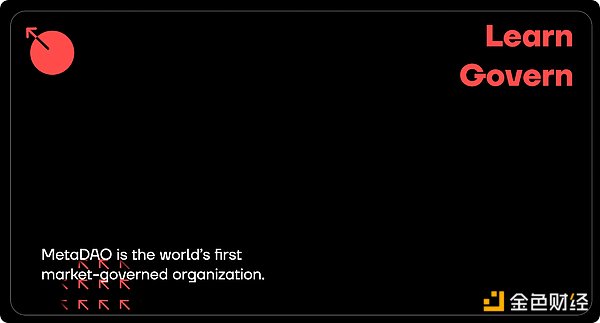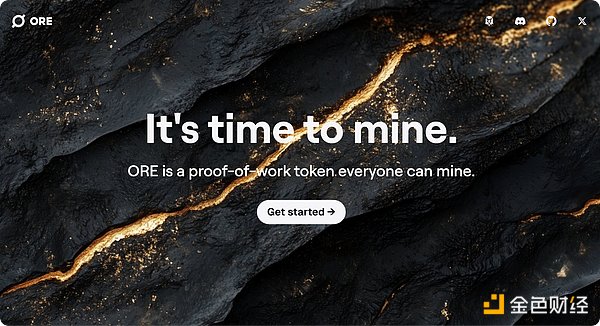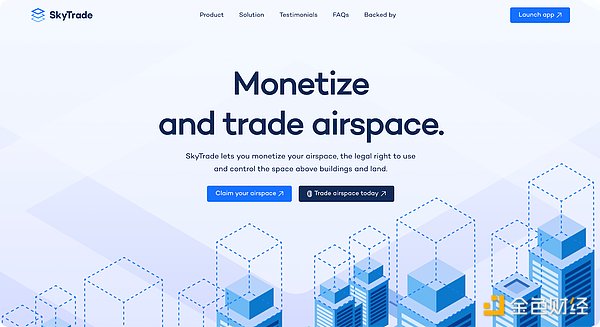Author: David C, Bankless; Translator: Deng Tong, Golden Finance
Solana has become a hot spot for trading in this cycle with its low costs and high speeds, making it the premier on-chain casino.
The network has also increasingly become a hub for experimentation, with builders developing a new wave of applications that expand the ways we interact with and use blockchains.
While many question the sustainability of some of these new experiments, the best of these projects are undoubtedly pushing the boundaries.
Let’s take a look at some protocols that showcase the experiments of Solana builders.
Where has Solana innovated?
Solana’s SocialFi feature
Through Telegram bots, emojis, and Blinks, Solana has demonstrated that the success of SocialFi lies in elevating trading and speculation through familiar social platforms, while also pushing the industry towards more user-friendly interactions.
SocialFi, a combination of social networking and decentralized finance, has long been seen as a cash cow. After the failure of Friend.Tech’s V2, SocialFi largely faded from the spotlight. Meanwhile, Solana’s ongoing memecoin activity suggests that SocialFi may be more about integrating social platforms into DeFi than applying DeFi to social networks. So while meme trading isn’t the most inspired catalyst, these tokens have demonstrated a successful way to merge social networking with cryptocurrency.
However, development beyond memecoin trading is crucial, and this is where Actions and Blinks come in — new Solana tools designed to simplify blockchain interactions in familiar environments. Actions embed on-chain transactions into a website or application via a link, button, or QR code. Blinks, or blockchain links, allow these actions to be shared and executed with one click from anywhere online. While Blinks is still being refined, it continues Solana’s trend of supporting new blockchain interfaces, further addressing user experience challenges.
DePIN Innovation
Solana’s environment also fosters experimentation, innovation, and development in the DePIN vertical. DePIN (decentralized physical infrastructure) uses blockchain to create networks of physical and digital resources. These networks rely on participants to contribute resources in exchange for token rewards.
Currently, Solana hosts the largest number of DePIN projects, providing unique technical benefits to developers. Solana provides multiple token standards for network architecture, such as cNFT (compressed NFT), pNFT (programmable NFT), and token extensions. As DePIN experiments continue, Solana provides unique tools to develop efficient resource networks, creating new resource-sharing structures for blockchains to enhance and enable.

Where else is Solana innovating?
Looking ahead, new protocols on Solana could reshape governance, expand real-world markets, introduce new onboarding methods, and innovate trading.
MetaDAO
Solana’s governance experiment MetaDAO introduces market-driven decision-making, which is different from traditional voting.
MetaDAO uses “futarchy”, where participants trade based on the expected outcome of a proposal rather than voting based on token ownership. For example, if I propose to buy a new car for a group with improved gas mileage, the group trades tokens based on their belief that the proposal will succeed. This incentive drives participants to analyze proposals thoroughly, as their profit depends on the accuracy of their predictions. However, this process does not guarantee improved gas mileage; rather, it reflects the collective assessment of participants based on available information. After a fixed period, the market stabilizes based on trading activity, and token holders are paid based on the outcome of the proposal. This model increases participation, reduces whale dominance, and promotes fair governance. It is effective, tested, and gaining traction in the Solana ecosystem, and Drift uses MetaDAO for DRIFT token grants.

Ore
Ore, the PoW coin that broke Solana in April, is back with v2.
The new version is designed to avoid overburdening Solana and ensure that mobile phone and laptop miners can participate, which stems from Ore founder HardHat Chad’s intention to introduce people to cryptocurrency in a different way. Ore will not ask them to invest in something they don’t understand yet (which is the current way to get started), but will allow them to first join and actually use a blockchain-based network, earning potential returns without having to invest directly. This intention, coupled with the enthusiasm of the community, suggests that HardHat is working on something that could provide a new way to get people on board with cryptocurrencies.

Smort
Smort is a lossless prediction market for the price of Solana, built on smortSOL, a Liquid Staking Token (LST), and Sanctum, a protocol for whitelisted validators to create LST, from which Smort was launched. Prior to the recent airdrop, Sanctum announced a future plan focused on building an LST-based economy that leverages yields to create a range of products beyond capital efficiency. Smort is one of the first companies to offer a no-loss prediction game where all it matters is yield. Players predict whether the price of SOL will go up or down over the course of a week. Winners receive double their yield, while losers lose only their yield, not their SOL. The fewer winners, the higher the APY boost, up to 900x the native staking APY! While prediction markets have received much attention, Smort has shown unique creativity by experimenting with staking yield as a commodity, reimagining the limits of what LST can achieve. As the experiment progressed, SkyTrade emerged as a new platform designed to create a decentralized marketplace for vertical space above properties that can be bought, sold or rented, a market estimated at $30 trillion worldwide.
SkyTrade enables owners to monetize their airspace by leasing it to drone companies and other businesses that need the rights to use it, whether for real estate development, building helipads, or other uses. This creates a new revenue stream for owners, especially in cities like New York and London, where airspace can sell for millions of dollars. However, many owners don’t know what their airspace is worth or how to sell it. Blockchain provides a secure and transparent way to handle air rights, reducing the complexity of traditional markets, and Solana helps SkyTrade publish low-cost ownership records by providing compressed NFTs, thereby reducing platform costs.

Solana is driving a wave of experiments that are reshaping how we interact with blockchains, what blockchains are used for, and life on them.
Through Telegram bots, memes, and Blinks, Solana has developed new ways to interact with blockchains while also demonstrating how social networks can be integrated with cryptocurrencies. This highlights the importance of meeting users in online spaces and interfaces that they are familiar with in order to drive industry adoption. In addition, the scope of the network token standard enables the chain to accommodate some of the most impactful applications in cryptocurrency and create a more efficient and usable network of resources through DePIN. This environment allows developers to experiment and innovate, helping crypto grow by redefining governance with MetaDAO, introducing new onboarding methods with Ore, pushing the boundaries of LST with Smort, or supporting large but nascent markets with SkyTrade.
Together, these applications demonstrate how Solana can help us better understand how and what blockchains can be used for.
 JinseFinance
JinseFinance
 JinseFinance
JinseFinance Jixu
Jixu
 Footprint Analytics
Footprint Analytics Footprint Analytics
Footprint Analytics Others
Others Cointelegraph
Cointelegraph Cointelegraph
Cointelegraph Cointelegraph
Cointelegraph Bitcoinist
Bitcoinist